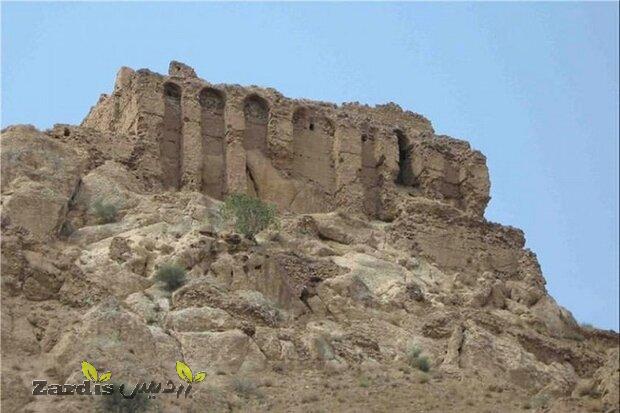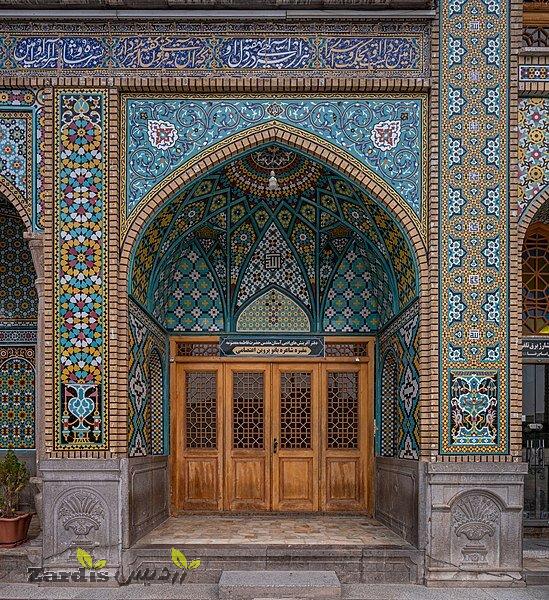TEHRAN – Restoration work is almost complete on Qiz Qa’leh, preparing the Sassanid era (224 CE–651) castle to reopen doors to visitors.
The mudbrick monument stands tall near the city of Saveh in Markazi province.
“With the completion of the restoration project, the historical structure is expected to re-open its doors to the public within a month,” Saveh’s tourism chief, Reza Ayyaz, announced on Sunday.
Local and indigenous materials are being used to preserve the originality of the historical monument, the official added.
A budget of 140 million rials (over $3,300 at the official exchange rate of 42,000 rials per dollar) has been allocated to the project, he noted.
The castle, which was used as a defensive fortification by the followers of Hasan-e Sabbah (1070–1124), spiritual leader of Islam’s heretical Ismaili sect, known as ‘Assassins’, has numerous halls and porches, which is notable in terms of architecture, he explained.
Literally meaning the Maiden Castle, Qiz Qa’leh castle was inscribed on the National Heritage list in 2013.
From very early history to modern times, defensive walls have often been necessary for cities to survive in an ever-changing world of invasion and conquest.
Fortifications in antiquity were designed primarily to defeat attempts at the escalade, and to the defense of territories in warfare, and were also used to solidify rule in a region during peacetime.
Uruk in ancient Sumer (Mesopotamia) is one of the world’s oldest known walled cities. The Ancient Egyptians also built fortresses on the frontiers of the Nile Valley to protect against invaders from neighboring territories.
Many of the fortifications of the ancient world were built with mud brick, often leaving them no more than mounds of dirt for today’s archaeologists.
Under the Sassanians, Iranian art experienced a general renaissance. Architecture often took grandiose proportions, such as the palaces at Ctesiphon, Firuzabad, and Sarvestan. According to Encyclopedia Britannica, one of the most characteristic and striking relics of Sassanian art are rock sculptures carved on abrupt limestone cliffs, for example at the historical sites Bishapur, Naqsh-e Rostam, and Naqsh-e Rajab.
Metalwork and gem engraving became highly sophisticated. The scholarship was encouraged by the state, and works from both the East and West were translated into Pahlavi, the language of the Sassanians.
ABU/AFM
Zardis news | The latest news of Iran and the world
All rights reserved for "Zardis news"It is protected and any copying without mentioning the source is prohibited.
Pursuant to Article 12 of Chapter 3 of the Cybercrime Law, copying the format and content will be prosecuted.







